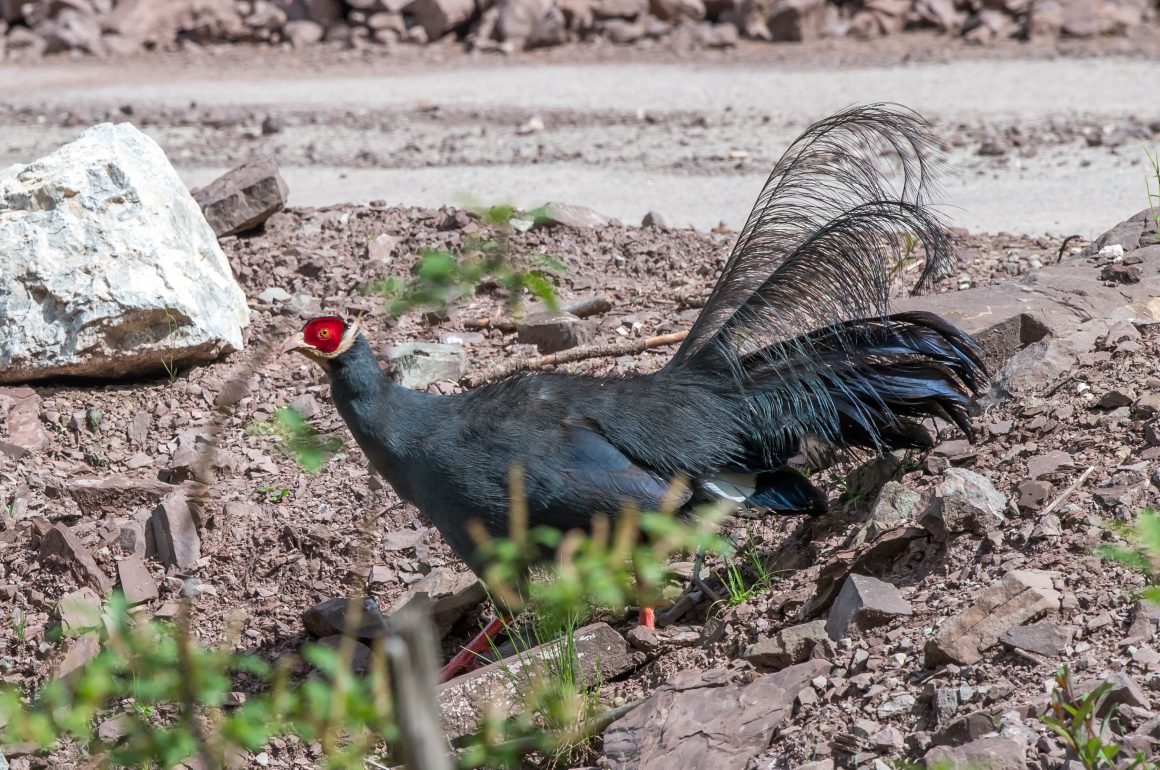
Ruoergai is a large grassland in Sichuan on the far eastern edge of the Tibetan plateau. This is a wetland with an altitude mostly between 3300 and 3600 meters, sparsely populated mainly by Tibetans. The poster bird of this area is the near-threatened Black-necked Crane.
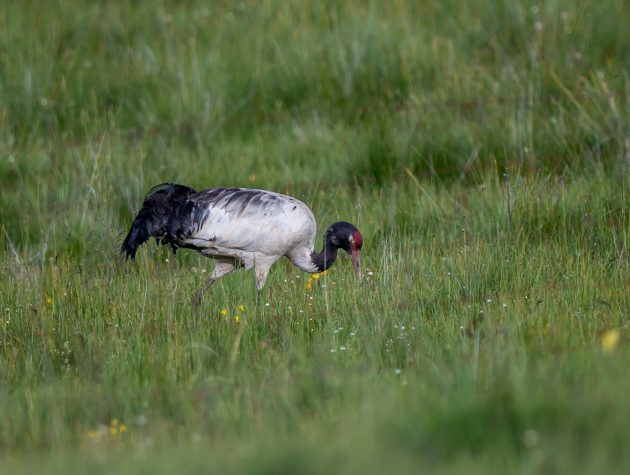
According to the HBW, “Summer habitat at high altitudes of 2950–4900 m: grassy wetlands, boggy meadows …” – which – getting rather wet feet when taking these shots – I can fully confirm.
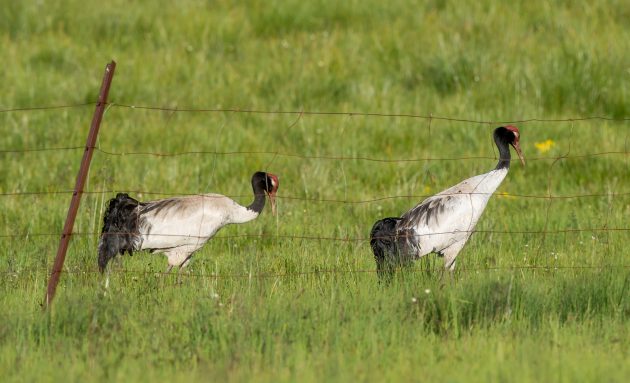
The HBW even mentions the importance of Ruoergai for this species: “Key sites for migrants include the Ruoergai Plateau (China), which is also an important breeding area”.
Common Mergansers also seem to use these wetlands as breeding area.
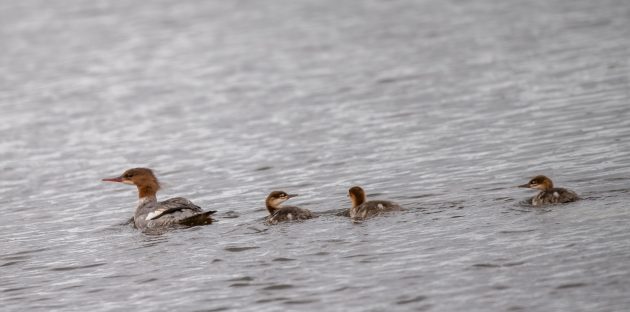
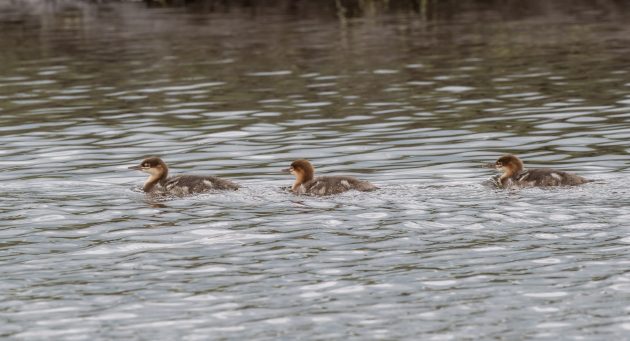
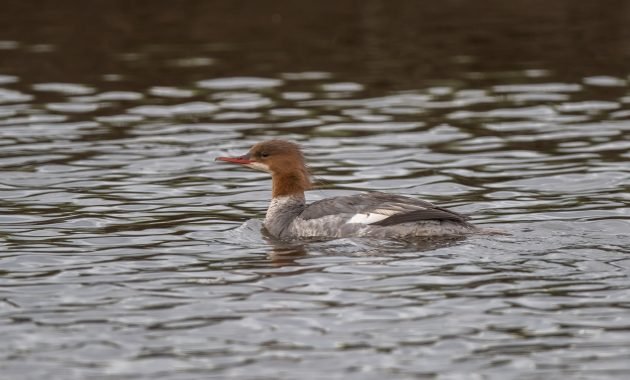
Godlewski’s Bunting is an attractive bunting species with a rather broad distribution in Russia, Mongolia, China, and other countries. Not sure how I (or the bird itself) feel about the bird being named after a bird collector, though.
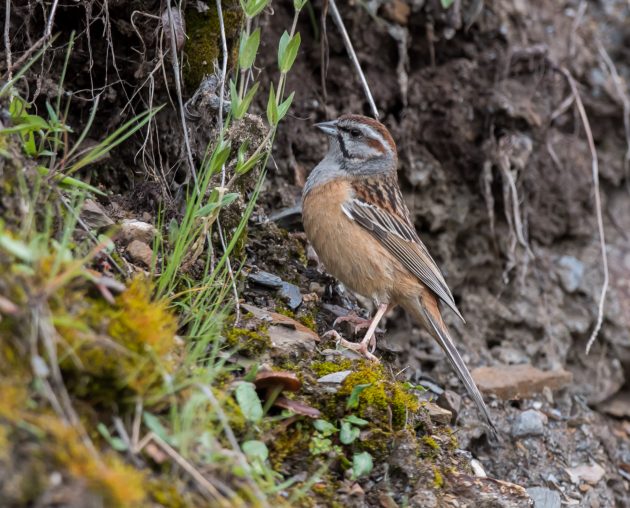
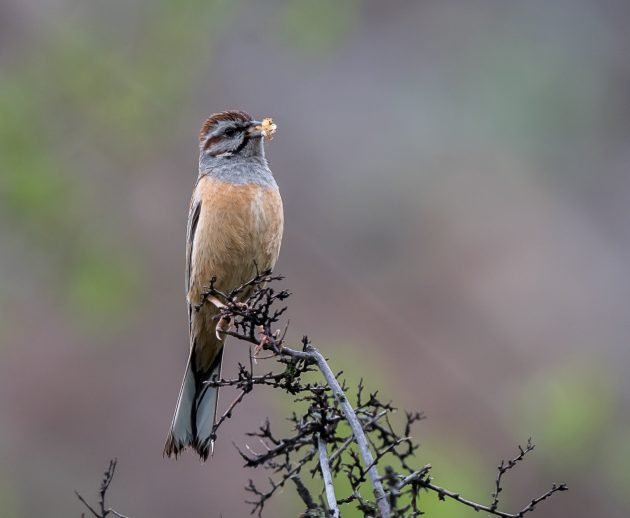
Admittedly, the issue is more serious for Przevalski’s Pinktail. A beautiful bird, but a disastrous name, if even some of the accusations against Przevalski of him being a massive racist are true. And so it seems, given what he wrote:
“Here you can penetrate anywhere, only not with the Gospels under your arm, but with money in your pocket, a carbine in one hand and a whip in the other. Europeans must use these to come and bear away in the name of civilization all these dregs of the human race. A thousand of our soldiers would be enough to subdue all Asia from Lake Baykal to the Himalayas … Here the exploits of Cortez can still be repeated.”
Personally, I think the difficulty in pronouncing Przevalski’s name alone should be reason enough to rename the bird.
The HBW accurately hints at the difficulties of getting a photo of this bird: “Generally hiding deep in shrubbery, where it forages in small groups for seeds on and near the ground, and revealing itself only when singing from the top of a bush, this is not an easy bird to study.” A pity, as the species is not only very attractive but also a bit of a mystery, being neither a typical finch nor bunting and thus placed in its own family.
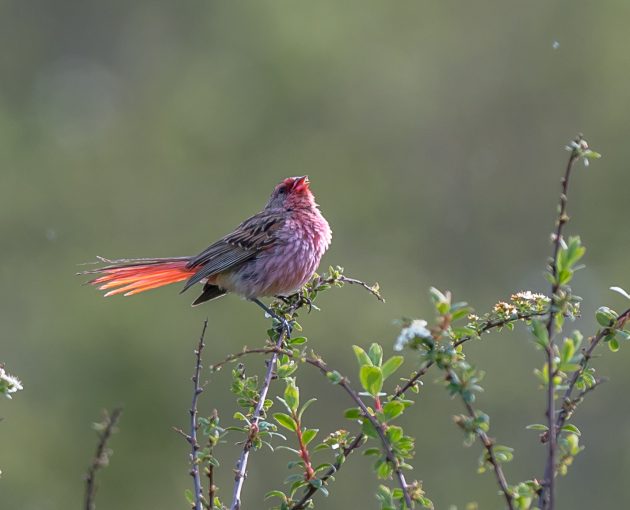
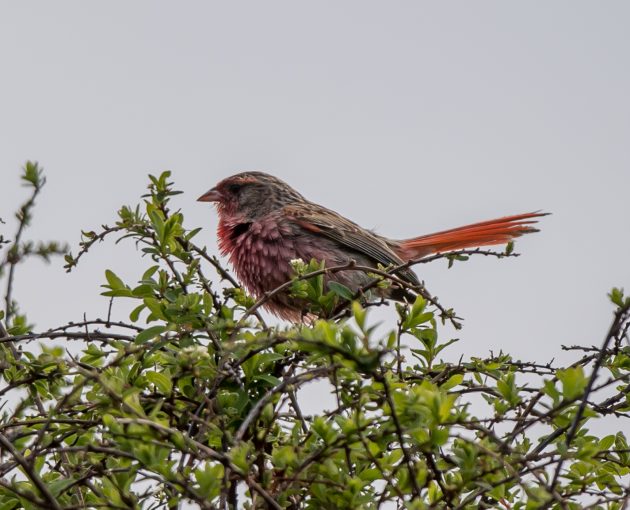
After such a mysterious bird, it is time to enjoy the simple pleasure of seeing ordinary birds such as the Eurasian Tree Sparrow.
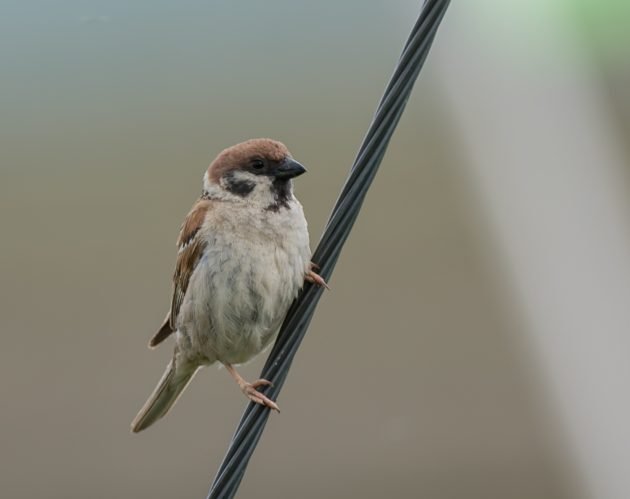
If you get the perfect shot of a Horned Lark, the bird looks very much like a cartoon devil. Unfortunately, I did not manage such a photo this time. Good to still have aspirations, I guess.
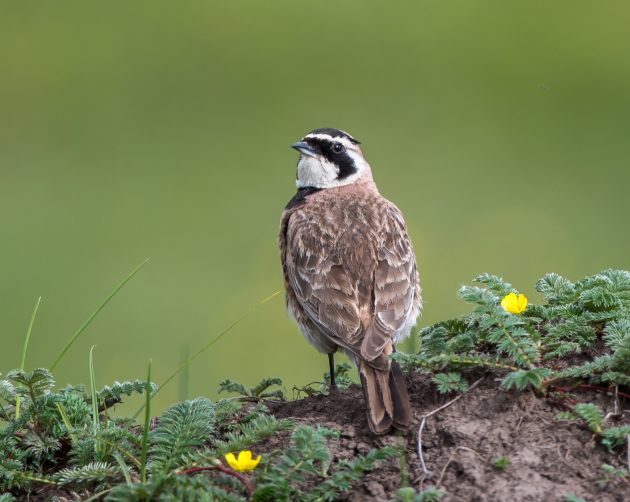
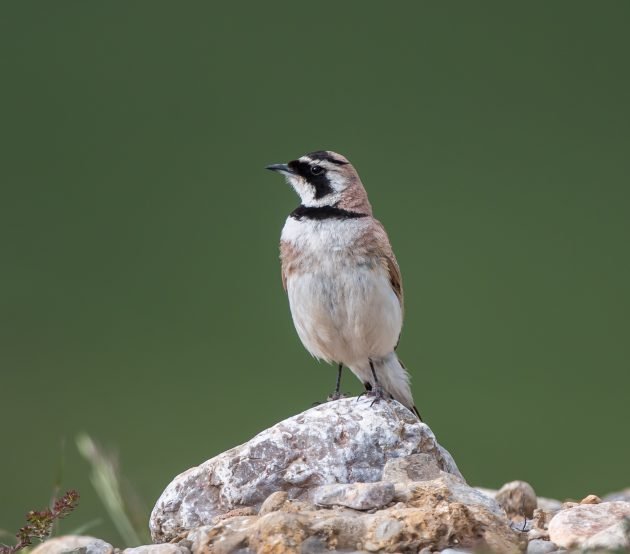
A variation of the “horns” can be found in another attractive bird here in the greater Ruoergai area – an “eared” pheasant, the Blue Eared-Pheasant. I have come to realize that even though I do not think very highly of pheasants in general (too flashy), they do make good targets for bird photography.
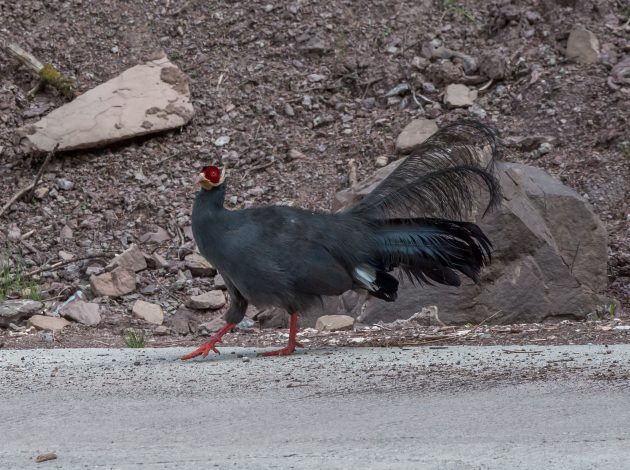
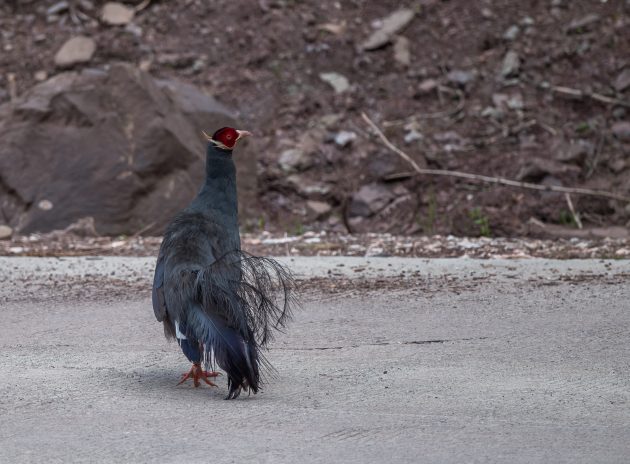
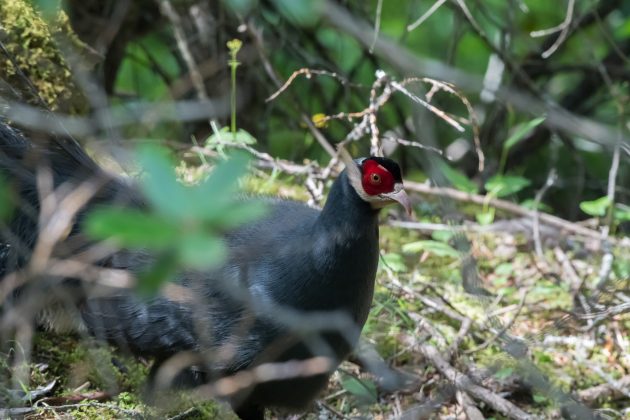
Other birds at Ruoergai include Black-rumped Magpie (a species of formerly classified as a subspecies of the Eurasian Magpie) …
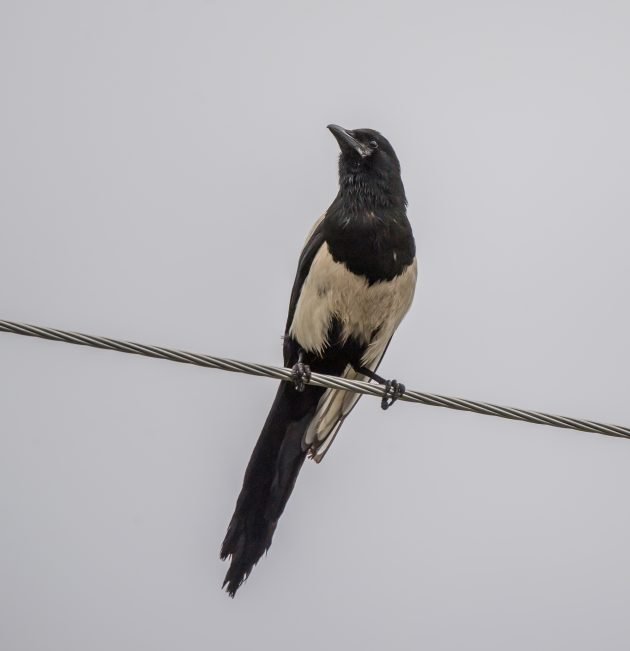
… Brown-headed Gull …
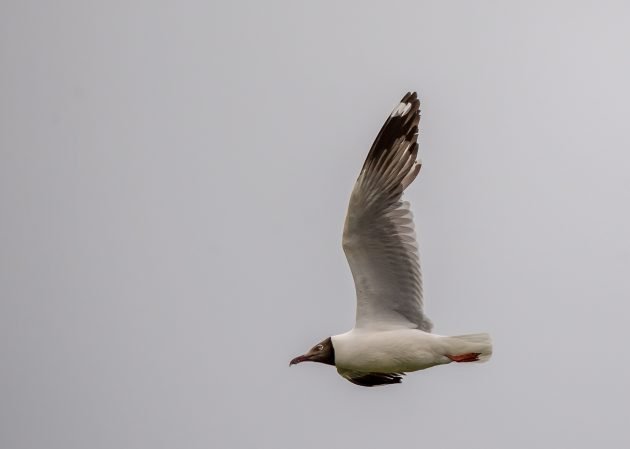
… Daurian Jackdaw …
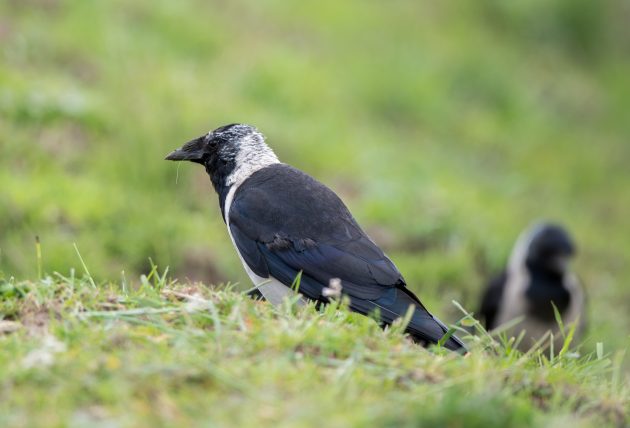
… Twite …
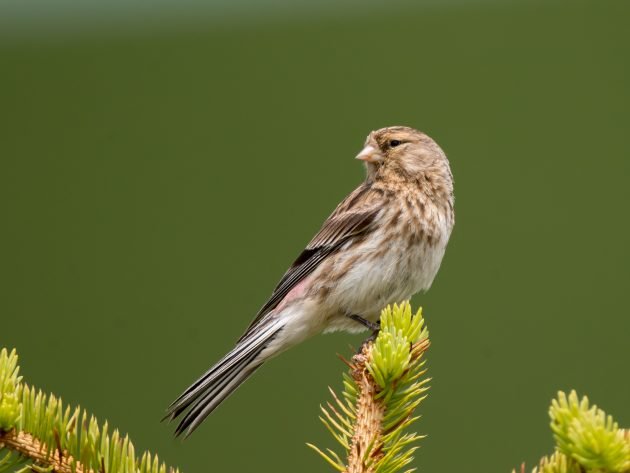
… Ruddy Shelduck …
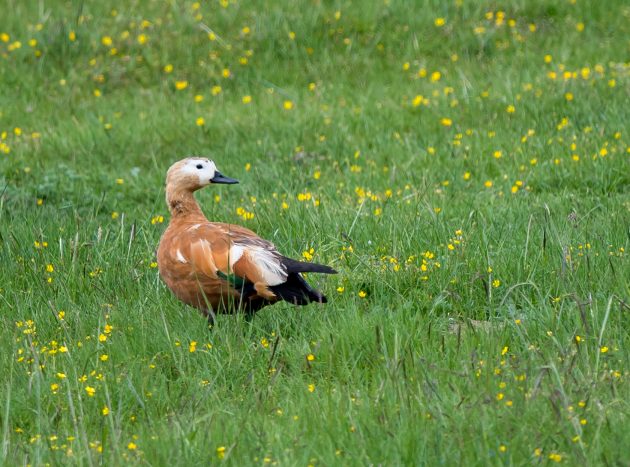
… White-backed Thrush …
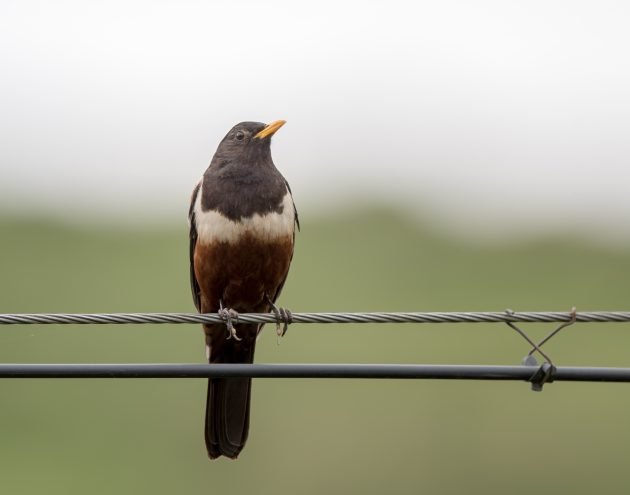
… Oriental Skylark …
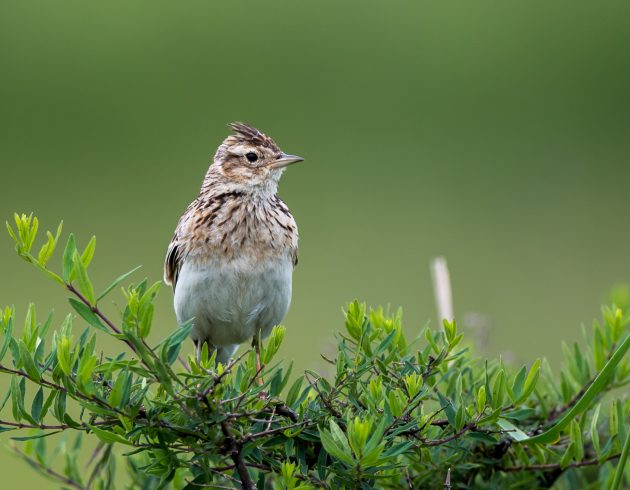
… and the surprisingly unplain Plain Laughingthrush.
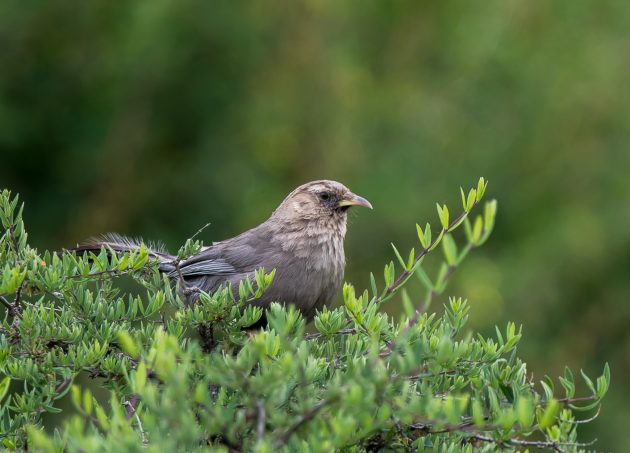
Understated elegance is also something the White-browed Tit is rather good at.
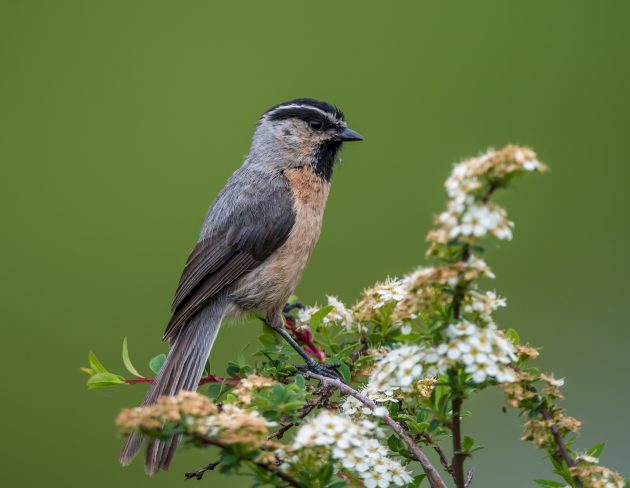
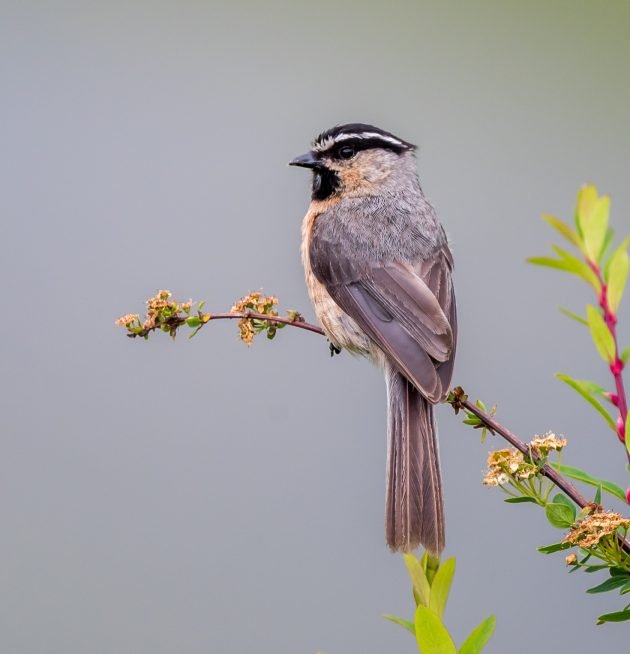
Finally, the Azure-winged Magpie raises a hen-and-egg question: What was first, the color of the bird or the color of the Tibetan prayer flag?
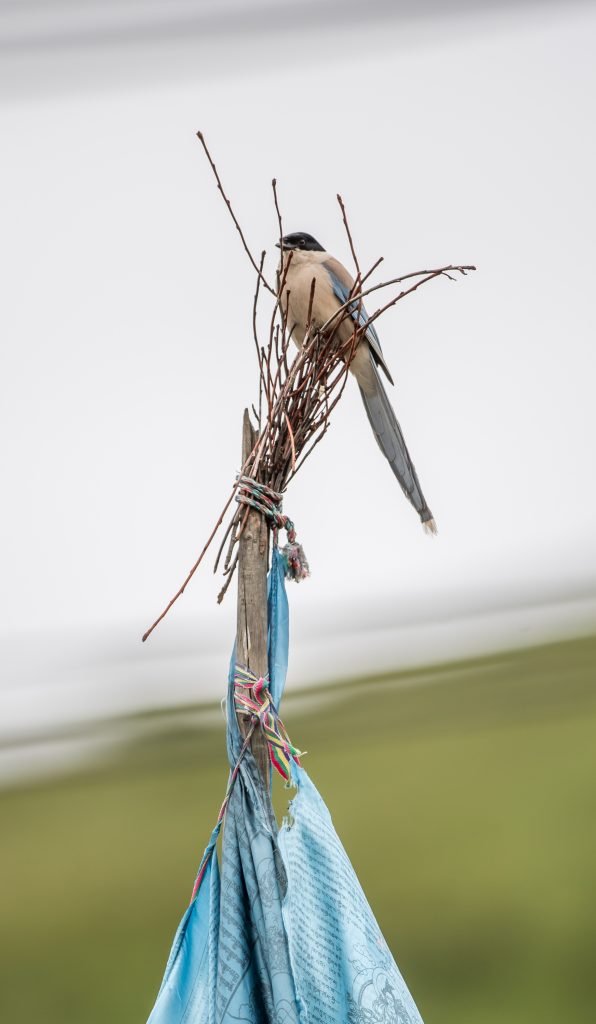
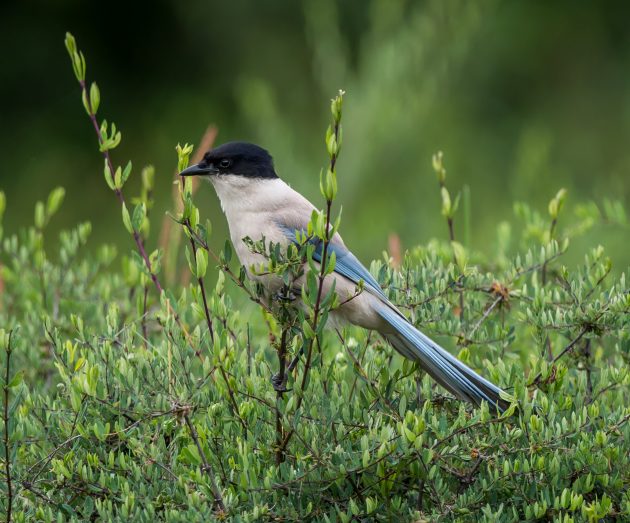
In any case, this does not protect the bird from being pestered by its chicks, just like other species with less divine colors.
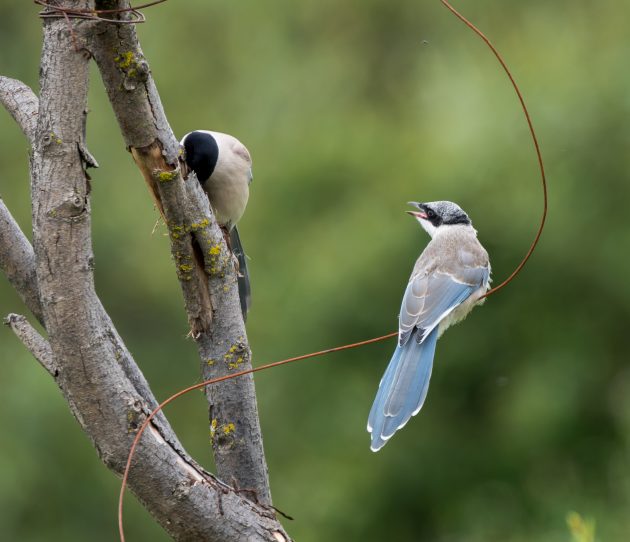
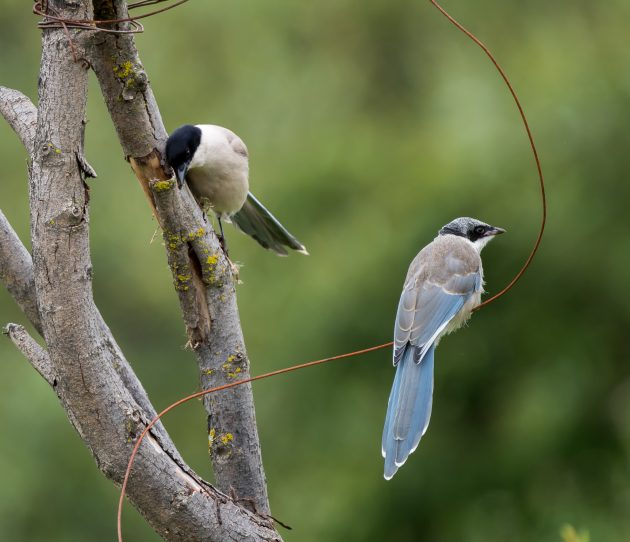
The raptors of Ruoergai deserve a separate post.
Note: This trip was made with Alpinebirding, a Chinese tour company with very knowledgeable, English-speaking, and friendly guides – highly recommended to overseas birders. See my report on Tripadvisor if interested.











Awesome post, as always, Kai. Your well-illustrated bunting and pinktail definitely deserve better names.
Here is something I forgot to mention in the post above – apparently, there is an urban legend that Mr. Przevalski was the father of Josef Stalin. According to Wikipedia. “The legend is based on the facial similarity of both men, Stalin’s official birthdate controversy (…) and that the late Stalin era saw a resurrection of interest to the personality of Przhevalsky” (source: https://en.wikipedia.org/wiki/Nikolay_Przhevalsky#Myth)
Very very unlikely to have any truth in it – but too juicy not to mention it. And it would explain a lot.